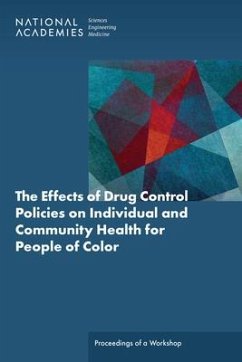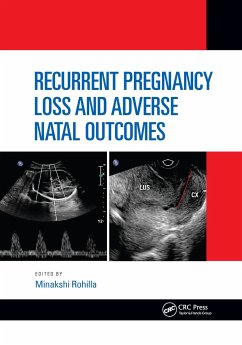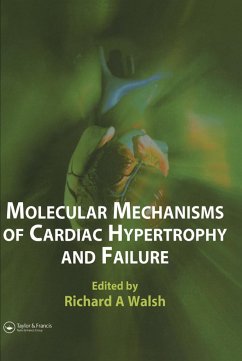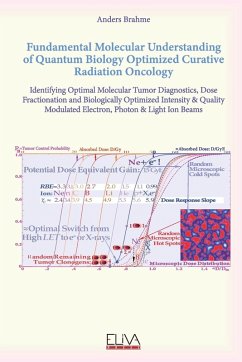Nicht lieferbar
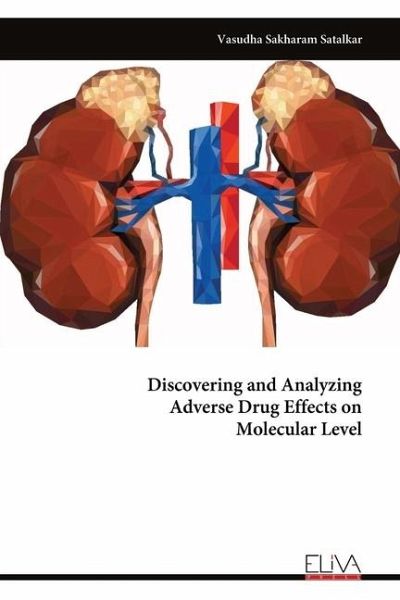
Discovering and Analyzing Adverse Drug Effects on Molecular Level
Versandkostenfrei!
Nicht lieferbar
Utilizing various techniques to uncover associations between drugs and adverse drug reactions (ADRs), particularly focusing on kidney failure has been demonstrated. By employing diverse methodologies like statistical analysis, molecular docking studies, and Quantitative Structure Activity Relationships (QSAR) modeling, different aspects of drug-induced kidney failure have been demonstrated. The statistical relationships analyzed at a molecular level offers insights into the structural characteristics of drugs associated with kidney failure, aiding in the identification of potential factors con...
Utilizing various techniques to uncover associations between drugs and adverse drug reactions (ADRs), particularly focusing on kidney failure has been demonstrated. By employing diverse methodologies like statistical analysis, molecular docking studies, and Quantitative Structure Activity Relationships (QSAR) modeling, different aspects of drug-induced kidney failure have been demonstrated. The statistical relationships analyzed at a molecular level offers insights into the structural characteristics of drugs associated with kidney failure, aiding in the identification of potential factors contributing to this adverse reaction. Moreover, r exploration of molecular interactions through docking studies, focusing on proteins like Cytochrome P450 and Multidrug resistance protein 1 (MRP1), sheds light on the binding interactions of drugs causing kidney failure. The distinction in docking scores between MRP1 and Cytochrome P450 unveils the potential impact of residual interactions on kidney failure, indicating a pathway for further study and potential intervention. Development of QSAR models provides a mathematical framework to understand the relationships between drug structures and the adverse outcome of kidney failure. The descriptors highlighted in these models, such as MAXDP, benzimidazole substructure avoidance, and changes in T(N..P) and PCR ratios, offer practical insights for modifying drug structures to potentially mitigate the risk of kidney failure. Leveraging updated databases for the detection of new or rare drug adverse effect associations is a commendable step, as it can contribute to improving the timely reporting of risks.




